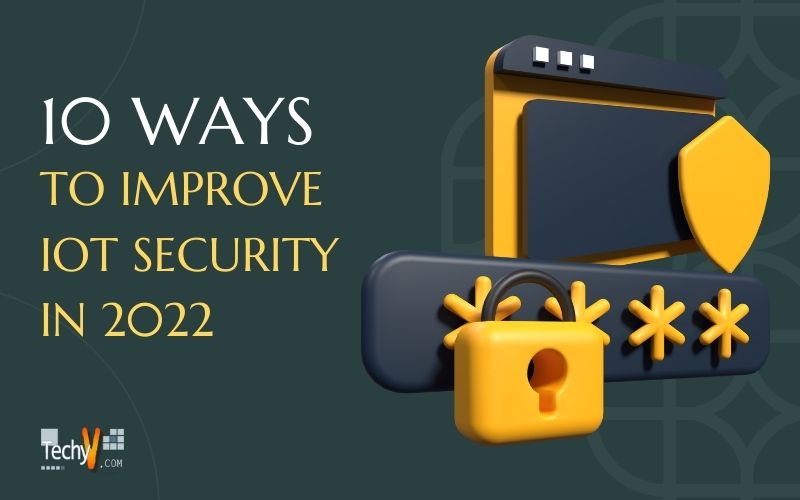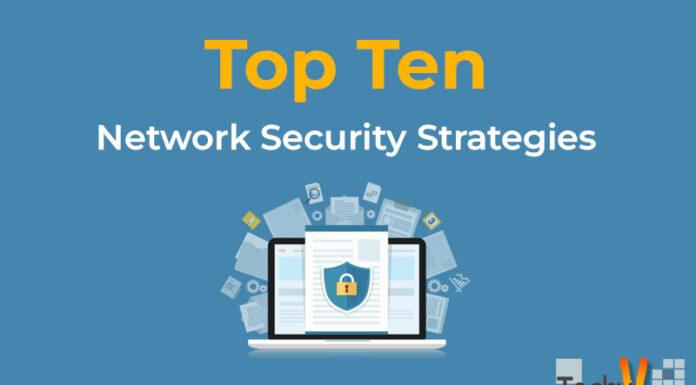IoT or Internet of Things refers to the physical devices connected to the internet, collecting and sharing data. IoT is the next step toward the industrial revolution. Research forecasts that IoT will grow at a 27 percent compound annual growth rate (CAGR) through 2022. Connecting all physical devices with sensors to the internet makes an IoT device, enabling them to communicate real-time data without human involvement. IoT device contains a vast amount of data unique to individual users. If the device is improperly secured, it leaves the data vulnerable to theft. Hence, it is essential to protect IoT systems from hacks, keeping the data safe from malicious users. Here, we will describe the ten ways to improve IoT security.
1. Know The Connected Devices On The Network
When multiple devices connect to the internet, the entire network is vulnerable and open to hackers if improperly secured. One can lose track of the number of devices that are accessible. For network security, it is vital to know the connected devices on the network and the information susceptible to disclosure. Hackers will capture information like location, and personal details, to attack your system.

2. Check Your Default Device Settings
While installing a wifi network, make a rule not to keep the default security settings. It might end up giving up the company’s confidential information. A quick internet search will allow the hackers to find the access credentials of devices through routers or video cameras. One must reconfigure and assess their default settings like credentials, intrusive features, and permissions, open ports.
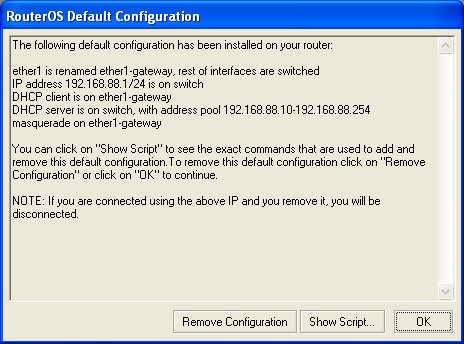
3. Ensure Strong Passwords
Hackers find it easy to hack the account due to poor passwords or when the default password is unchanged for a long time. Use robust, unique passwords minimum of 8-15 characters using a combination of alphanumeric and special characters. It prevents your accounts from exposure to sensitive account information. Also, there must be limits on the number of wrong passwords attempts and an account lockout policy.
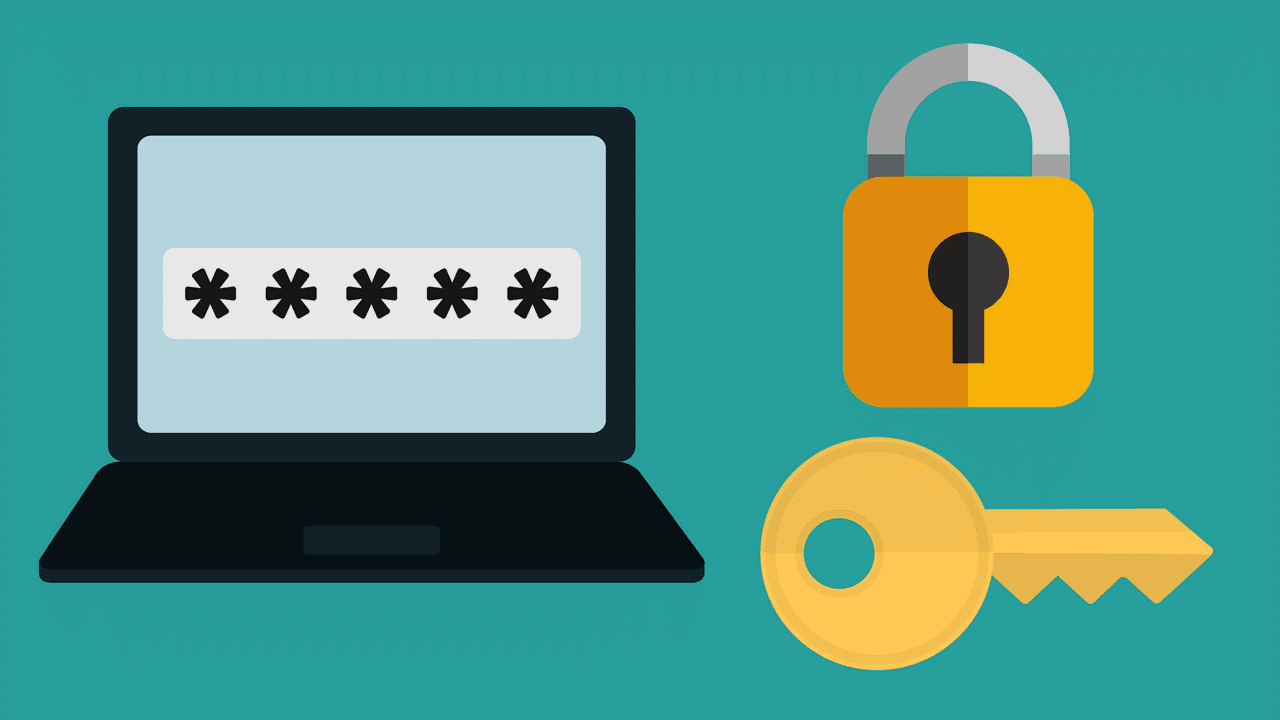
4. Install Firewalls To Identify Vulnerabilities
Firewalls protect from cyber-attacks by shielding the computer and network from malicious traffic. Install firewalls to block unauthorized traffic. You can use automated vulnerability scanners to uncover security weaknesses within your network. Also, a port scanner helps identify open ports and review the running network services. Establish whether the ports are necessary and examine the vulnerabilities of these ports.

5. Use Multifactor Authentication
Using powerful access control mechanisms like the user authentication process provides proper defense against threats. Two-factor or multi-factor authentication is an additional step beyond a password which involves a code sent to your device. You receive the code either through text message or email. This strategy adds an extra layer of security to your device that helps to keep your data safe.
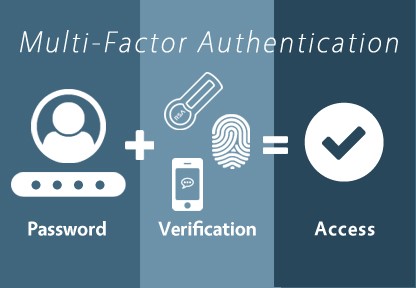
6. Protect Against DDoS Attacks
A botnet is the one security risk to IoT devices. It is a network of computers connected and controlled by a third party that transmits malware or spam. Hackers use them in distributed denial of service (DDoS) attacks. One technique to mitigate DDoS attacks is to reduce the attack surface area that builds protections in a single place. ISP-based or cloud tools are also the best option in addition to these protections.
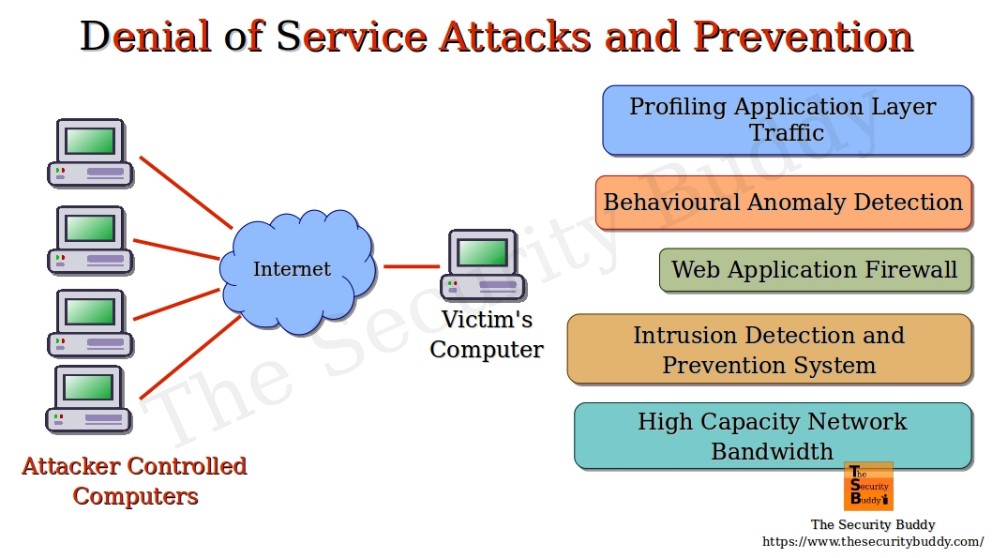
7. Use Strong Data Encryption And Disconnection To Insecure Networks
While using public wifi networks, you are prone to cyber-attacks when there are no reliable encryption protocols. Ensure robust data encryption with strong algorithms with public/private keys. Algorithms must adhere to specific standards like RSA. Insecure internet connections leave your data and devices exposed to attacks. Follow a streamlined approach to install updates and patches to move forward, accepting a minimum level of risk.

8. Regular Updates
Make sure the IoT devices updated security patches installed. Many devices fail to offer security features. This inability to issue patches creates numerous challenges in keeping the devices aligned with the security updates. It leaves IoT devices with a lot of security issues in the field. Hence, it is crucial to have the latest security patches that will help fight against the threats emerging in the market.

9. Disconnect Devices When Not In Use
Most of today’s devices connect to the internet, like refrigerators and television. Be aware of the functionality of every IoT device and its features when it needs internet connectivity to function. Disable features like remote access, voice control, etc., unless you need them for any implementation. Enable the features if and when the need arises. Disconnect the devices and other features altogether when not using the devices.
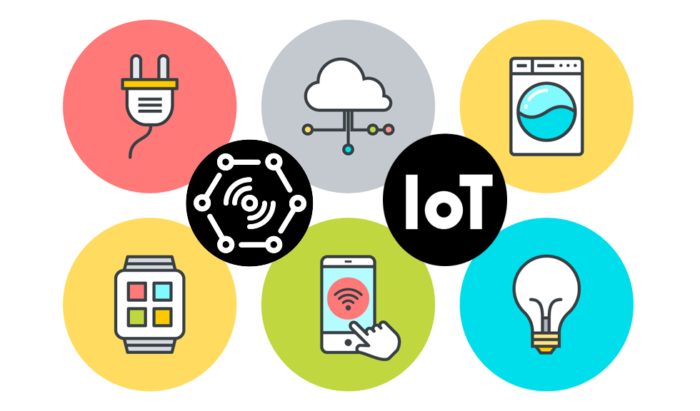
10. Network Segmentation
Utilizing a separate network for your smart devices is one of the strategic approaches to IoT security. With network segmentation, hackers won’t be able to access your data or transaction you did from your laptop, even if they find a way through the smart device. You can isolate the network, which mitigates the cyber risks and improves security and performance.




